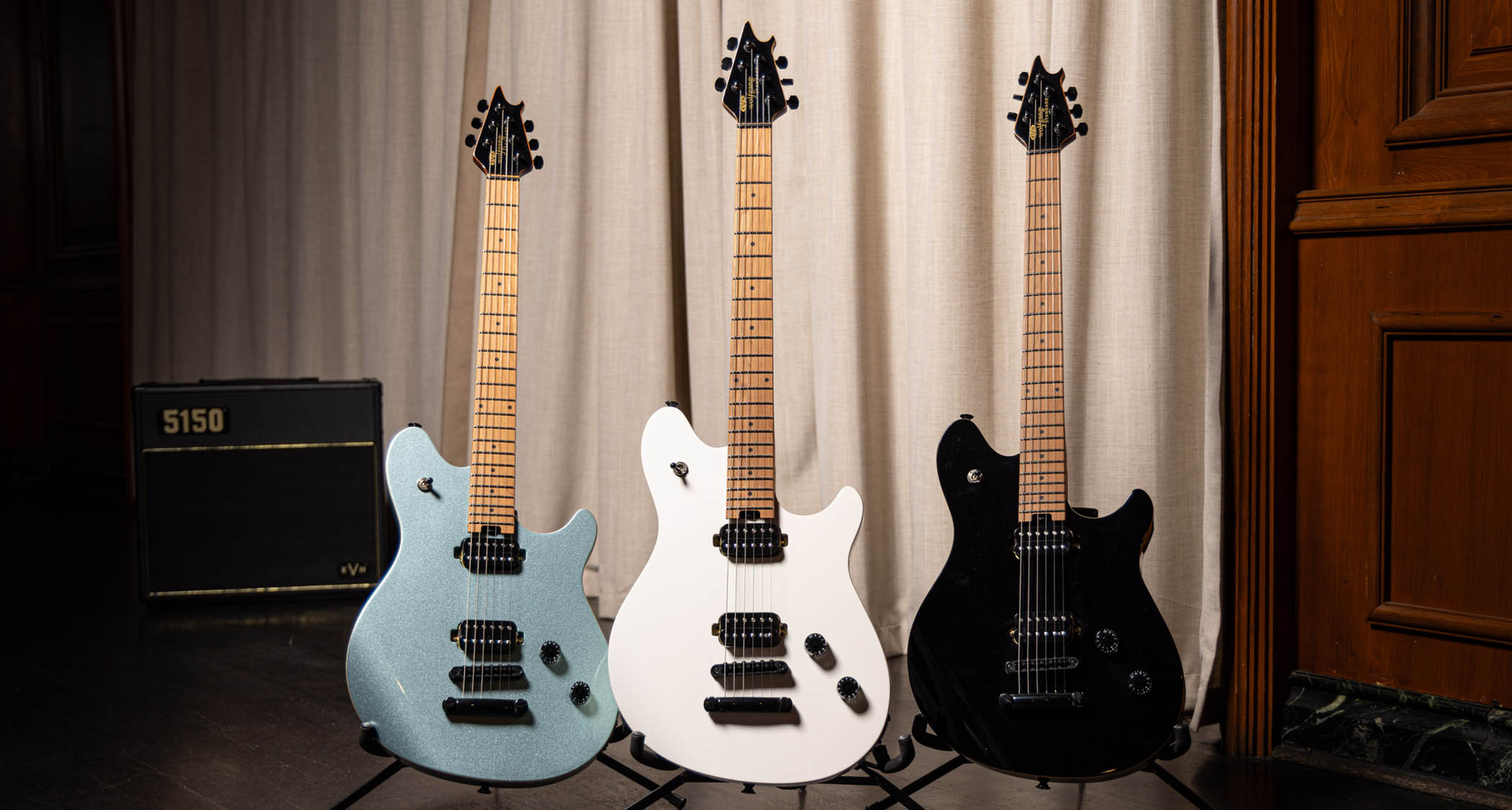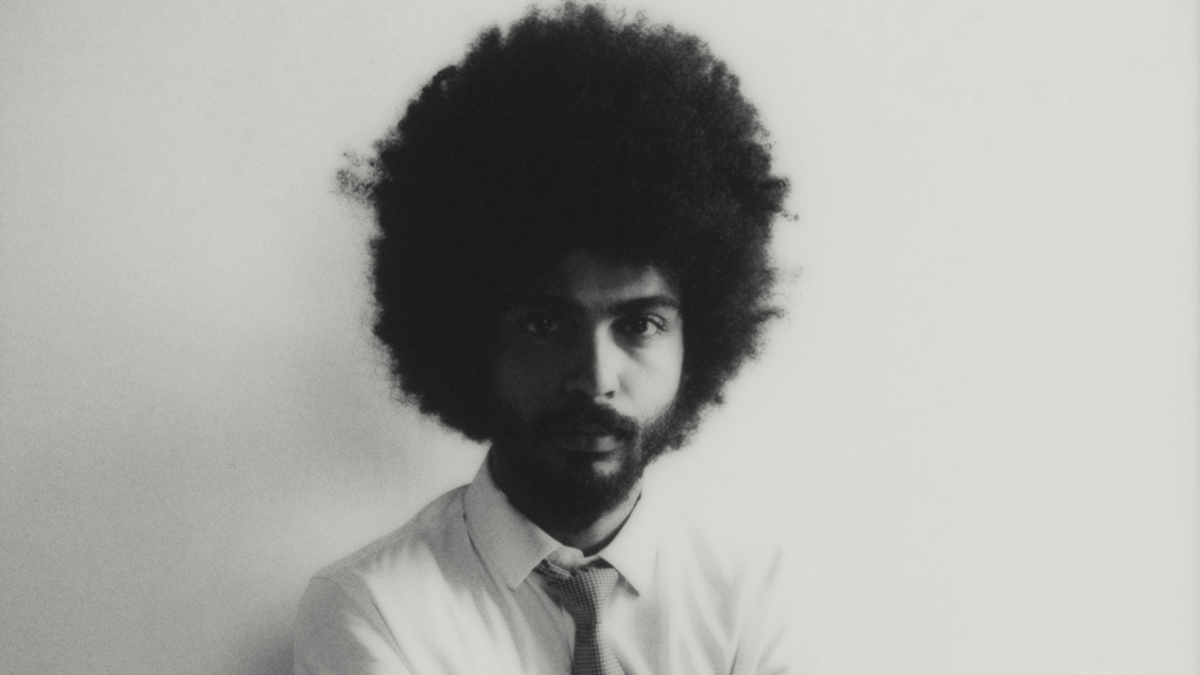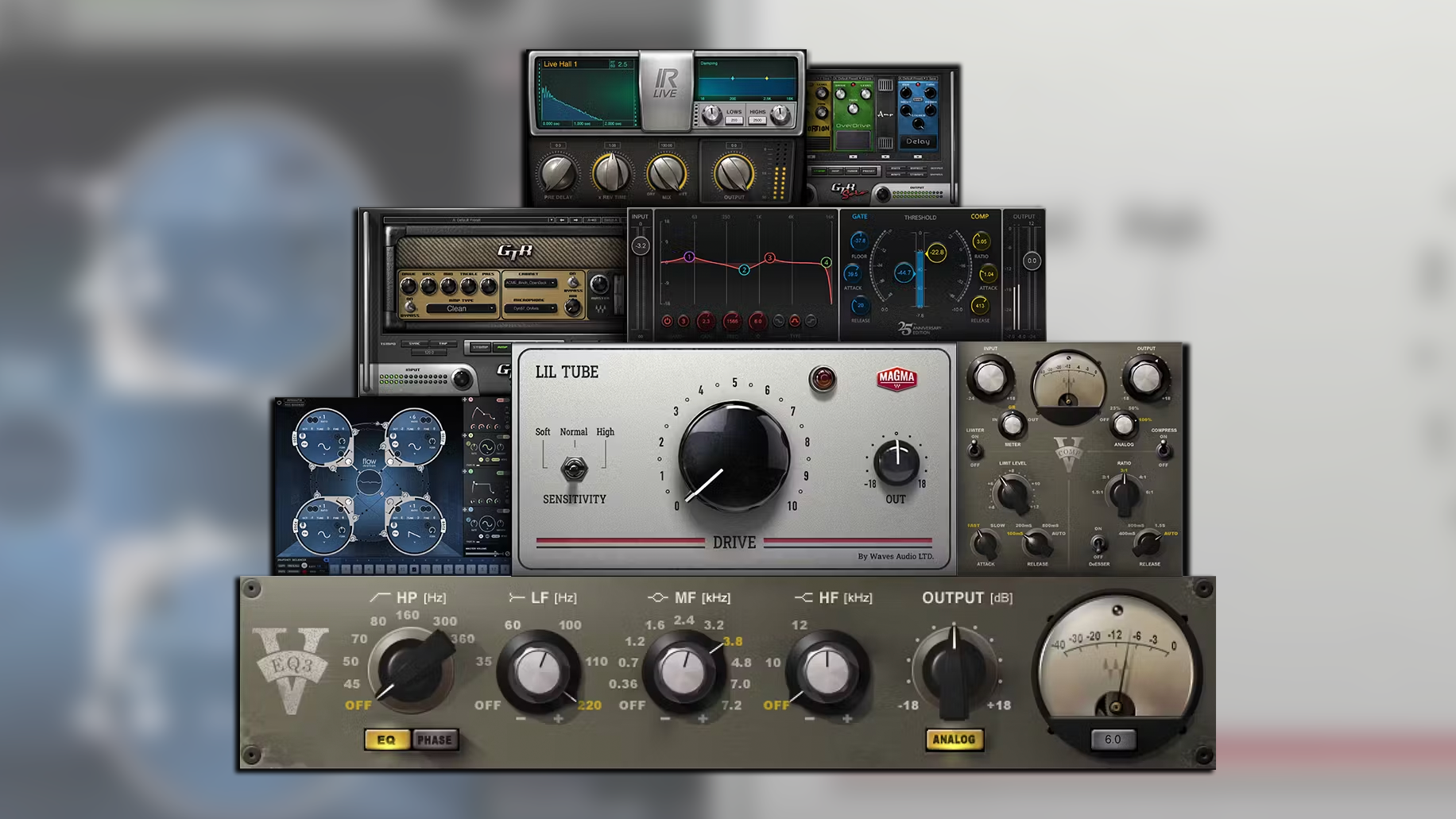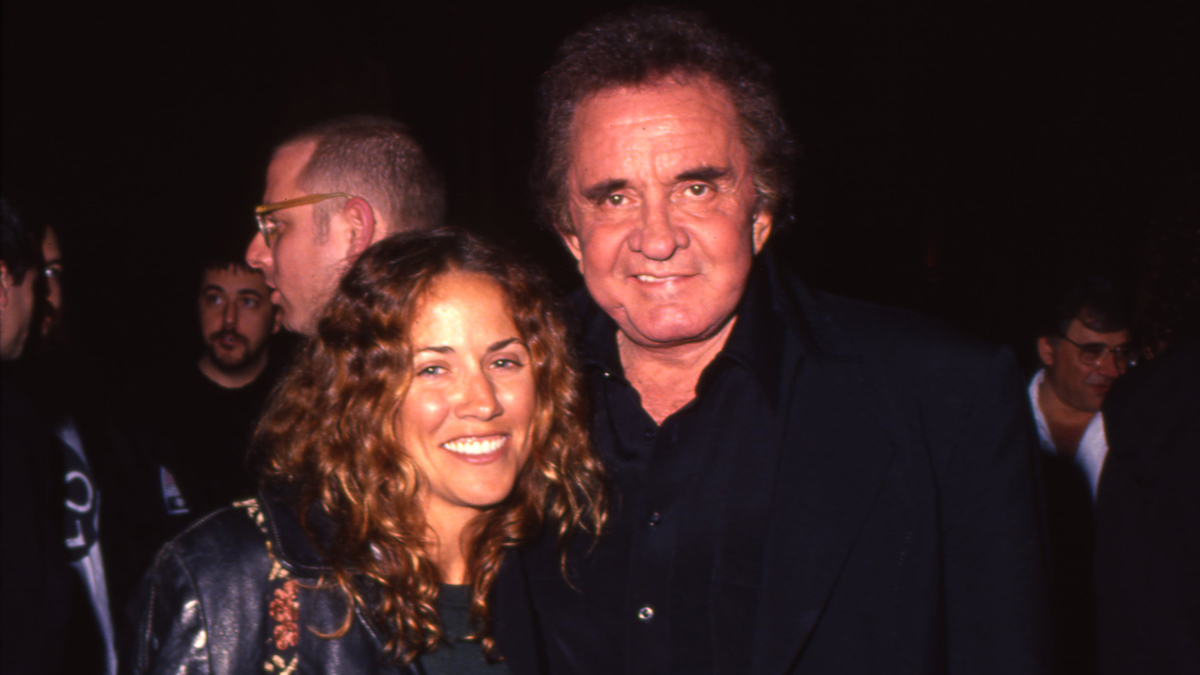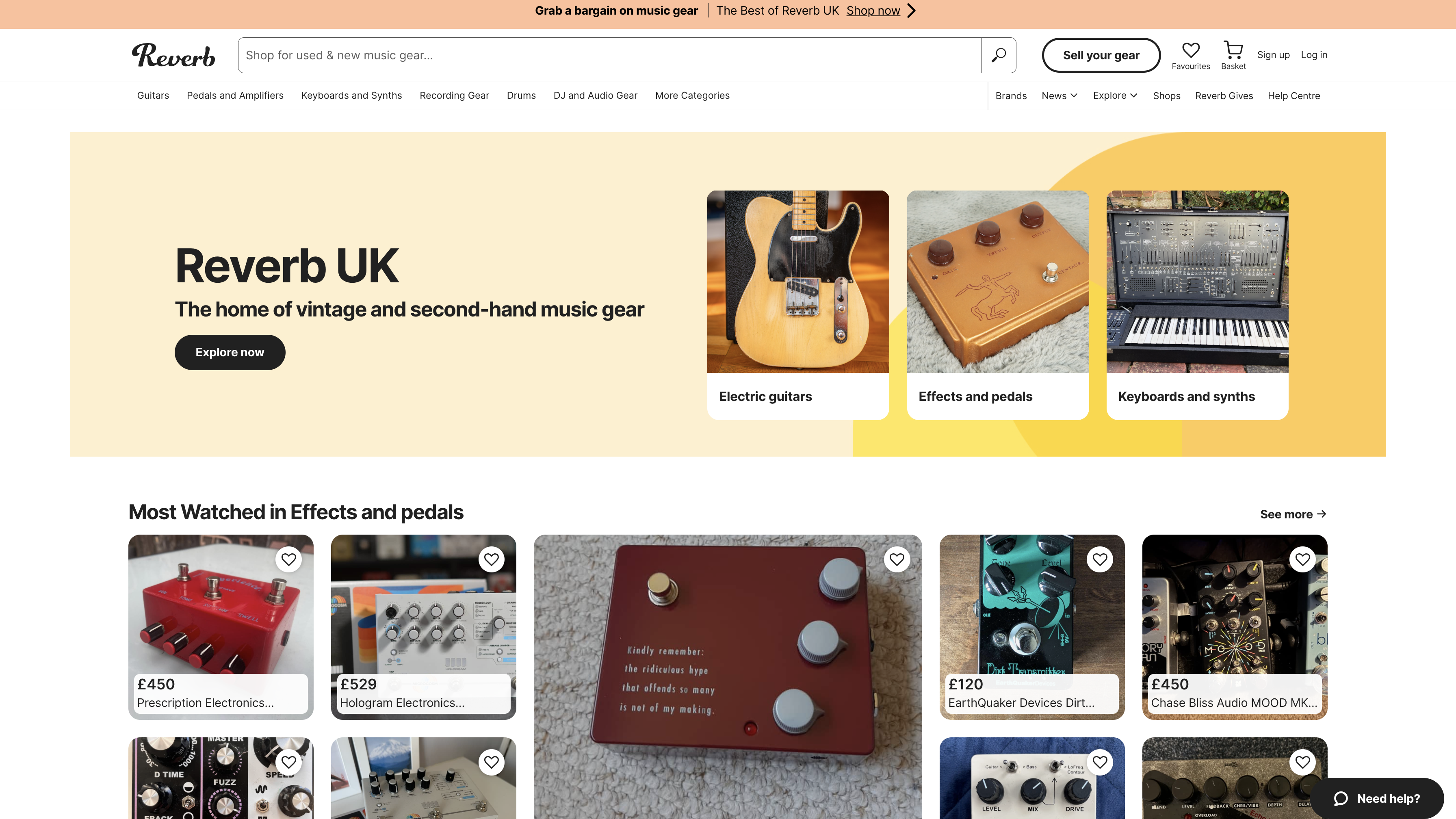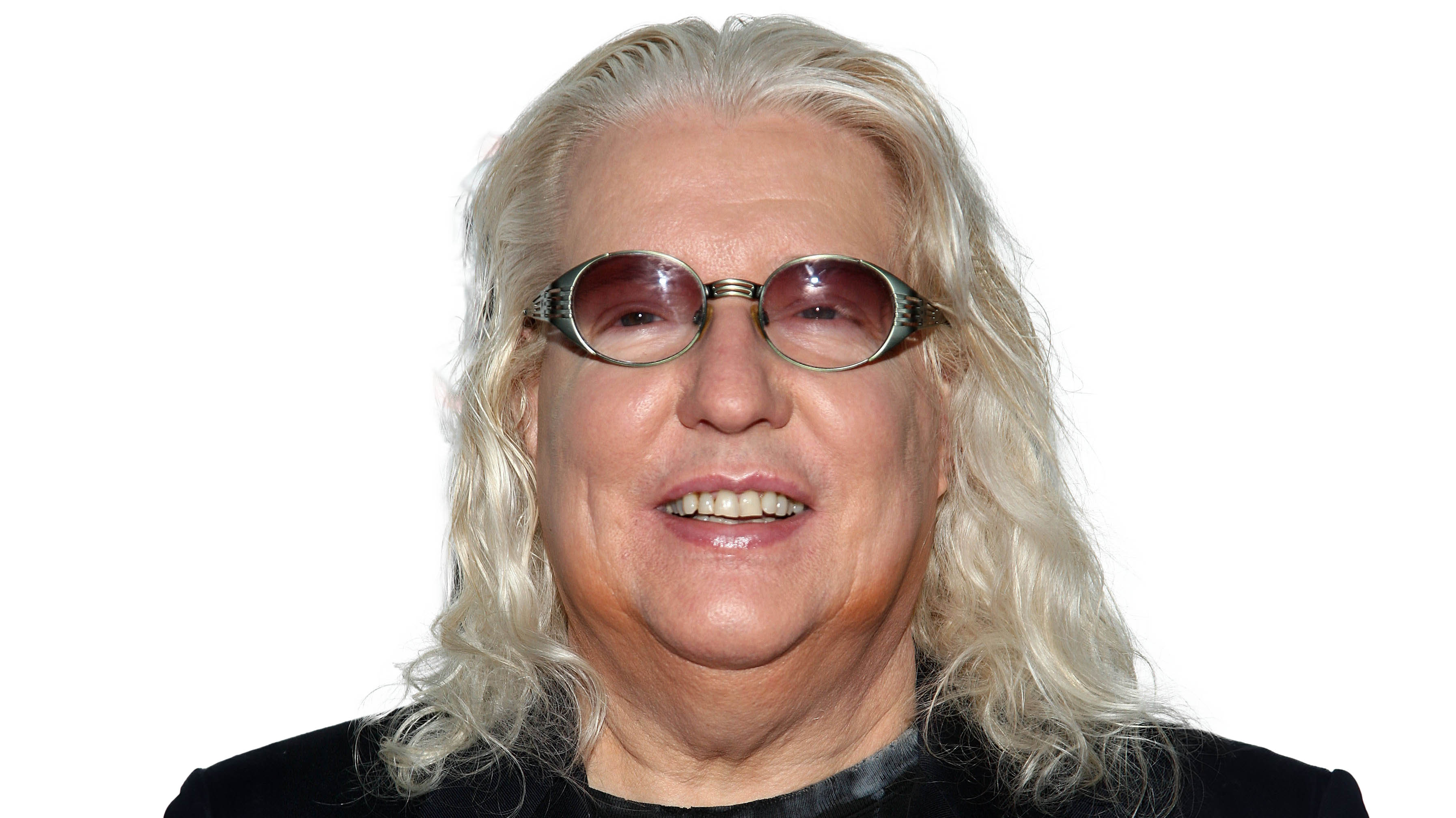Classic interview - Yngwie Malmsteen: “You think because a singer is there he has something to do with it. He just sings. That’s it"
The Swedish shred maestro talks blues (kind of) and almost unleashes the fury on us. Twice...
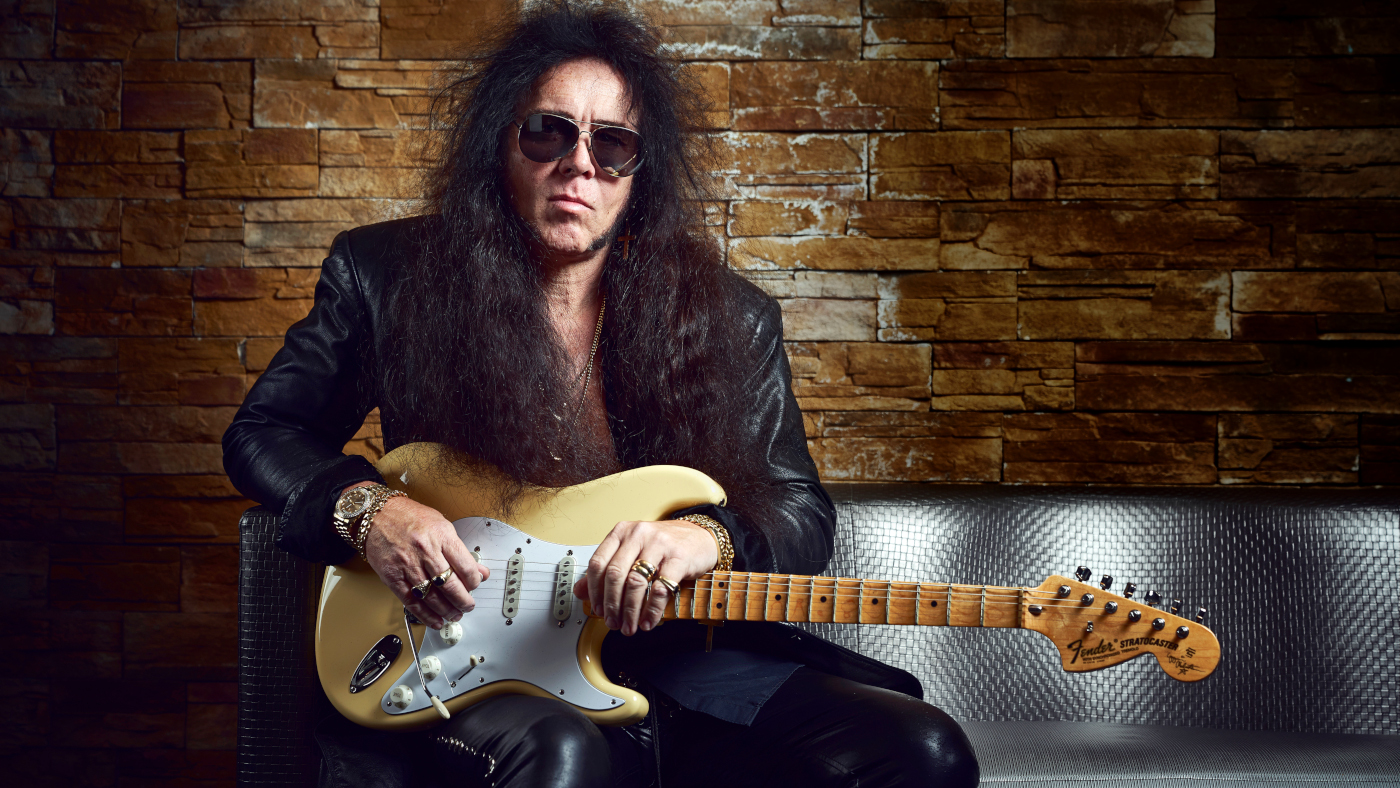
Classic interview: “The problem with you guys is you all ask the same questions. No offence.” None taken.
This is the Yngwie Malmsteen we came to see. We haven’t even sat down yet and the big Swede has already damned our profession as a shower of turnips.
It doesn’t feel personal, though. Malmsteen has flown into London for a couple of days to talk about his new album, Blue Lightning. He’s dressed head to foot in expensive-looking leather gear.
He looks years younger than 55 and ready to do battle. He’s already done a load of interviews fielding a barrage of similarly themed questions about his lifelong devotion to Strats, Marshalls, Jimi Hendrix and cadaverous 18th-century-born virtuoso violinist, Niccolò Paganini. Now it’s our turn.
Blues was the first thing I learned to play, when I was seven years old
Our opening gambit is, “The release of Blue Lightning comes 35 years to the month after your solo debut, Rising Force...”
We barely get to finish the question when we notice Malmsteen’s wry smile and barely perceptible shrug. He’s clearly not in a nostalgic mood. We decide to pursue a fresh line of enquiry... The new record Blue Lightning is Malmsteen’s ‘blues’ album. It features a mix of original tunes and covers including Jimi Hendrix’s Purple Haze, The Beatles’ While My Guitar Gently Weeps, and Paint It Black by The Stones.
It might surprise you that Malmsteen, the man who put neo-classical shred on the map in the 80s, is now doing a blues record - but he’s always had an element of the blues in his trick bag, and from a young age, too.
Get the MusicRadar Newsletter
Want all the hottest music and gear news, reviews, deals, features and more, direct to your inbox? Sign up here.
“Blues was the first thing I learned to play, when I was seven years old,” he says before explaining why he looked outside the music for inspiration. “The limitations of blues - well, the pentatonic scale rather, not the blues itself - led me to look for much wider harmonic ingredients.”
Basically, Malmsteen explored classical music to take him beyond the pentatonic, although, as he continues: “The blues never went away. I would play the blues and people would say, ‘You should do an album like that...’”
And now he’s done an album like that, but he just had to find the right songs. “Some were very obvious to me,” he says. “Others, I had to think about a lot. I picked them based on the song, not the guitar player that originally played on them.
"Some of them I’ve done before: Purple Haze, Smoke On The Water. [Deep Purple’s] Demon’s Eye I did before, but I didn’t sing it. This time I sang it. There’s a big difference.”
Now that the banter is flowing we make another play for nostalgia. Considering the level he was already at during the recording of Rising Force, how does Yngwie think he has developed as a musician over the past 35 years?
“As Paganini said, ‘One must feel strongly to make others feel strongly.’ There’s a passion and a certain drive you have to have that shouldn’t change. Especially if you’re an artist like me.
And what about technique, we ask? (Incidentally, who else would answer that question like this?) “Technique is just a bunch of words,” says Yngwie. “I take this bunch of words and put it into a novel.”
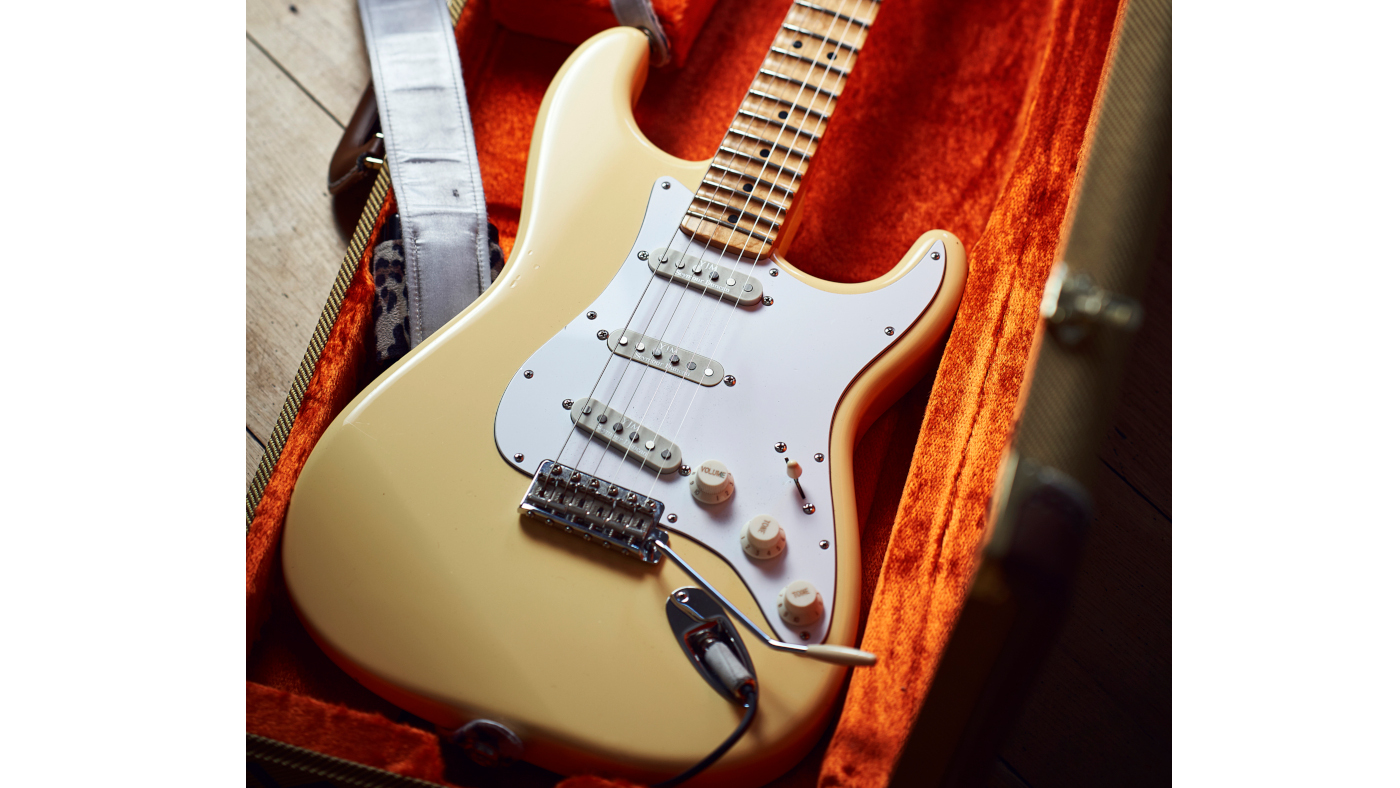
One-Man Band
Is Blue Lightning a blues album? Not really. You’re never going to stumble upon it and think you’ve uncovered some lost masterpiece by Peter Green or Muddy Waters. As Malmsteen himself says, “There are still traces of my style in there. It’s not a strict ‘blues’ album.”
As it is, Blue Lightning is classic Malmsteen - a shock-and-awe production with jaw-dropping guitar. Funnily enough, the blues DNA is most traceable on the original tracks, not least the title cut. In common with his last few albums, our protagonist handles all vocal duties and plays every instrument. “I’ve been singing since I started,” he tells us. “In my first bands, back when I was a little kid in Sweden, I was always the singer...”
You say I like to be in control. Well, yeah! That’s because I write everything
It’s at this point that we put our foot in it. The question we asked was something along the lines of ‘But don’t you miss working with a band like you did on your earlier records? Are you a control freak?’ Whatever the trigger in our questioning, a nerve is touched:
“There was never ‘a band’. This needs to be very clear,” he states. “When you listen to the early albums I’ve done, I wrote the drum parts, the bass parts, the keyboard parts. I wrote the vocal parts, the melodies and the lyrics. I wrote them all. I would say ‘you, you, you... you can play the bass, you can play the drums, you can sing. Here’s your paycheck...”
He reiterates: “It was never a band. A lot of people seem to have some confusion about that - especially the singers. They seem to think they are more important than the keyboard and bass players. Well, I don’t think so, because they are just another part of the ensemble.
“You say I like to be in control. Well, yeah! That’s because I write everything. People think [puts on English accent], ‘Oh, he’s an egotistical bastard!’ It’s nothing to do with that. I’m an artist who is like a painter; I paint the whole painting. If I’m a writer, I write the whole book.
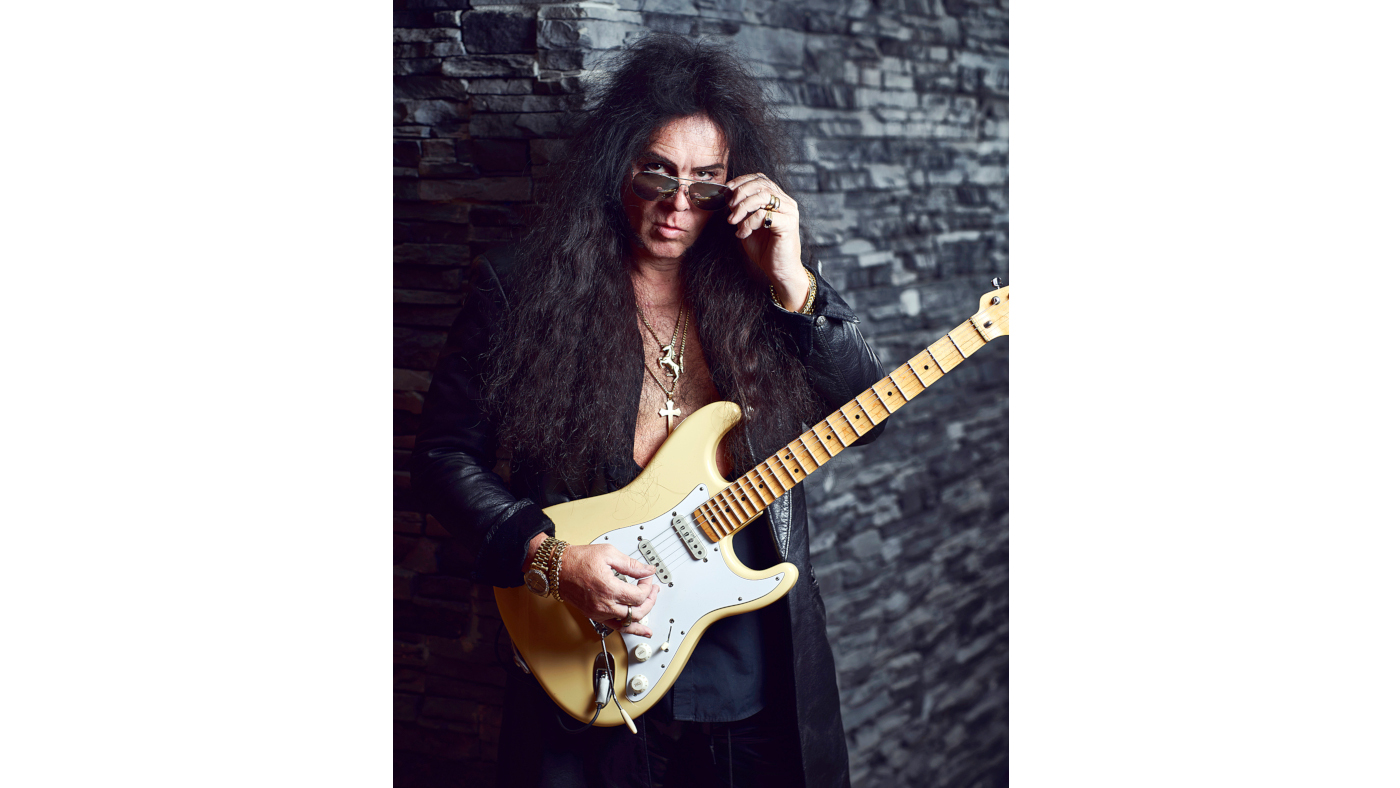
“Think of a composer like Bach, Vivaldi or Mozart. The fourth cellist in the orchestra doesn’t lean forward and say, ‘I don’t want to play C#. Can I play C here?’ No, it’s a C#! In 99.99 per cent of rock ’n’ roll, that’s not the case. There’s always been a misconception of what I’m putting out. You think because a singer is there he has something to do with it. He just sings. That’s it.”
Right. Time to move on. The new album sounds as though it was cut live by a band. We’re confused...
“Obviously it’s not live, because I play all the instruments,” he says with a laugh. “Yet, I agree... it sounds very live.”
Okay, what gives? “I have a system. I only do one take. I do one-take vocals. One-take guitar solos. Then I go away. I usually go on tour, then I come back and I listen to it. That’s a great way of keeping distance. If you lock yourself in the studio and think, ‘I’m going to keep recording until it’s finished,’ that’s very difficult. There’s no perspective. You’re too close.
“I don’t beat that horse. If it’s not good, I just leave it. I used to try to do things over and over, but it never got better. That’s not a good thing to do.”
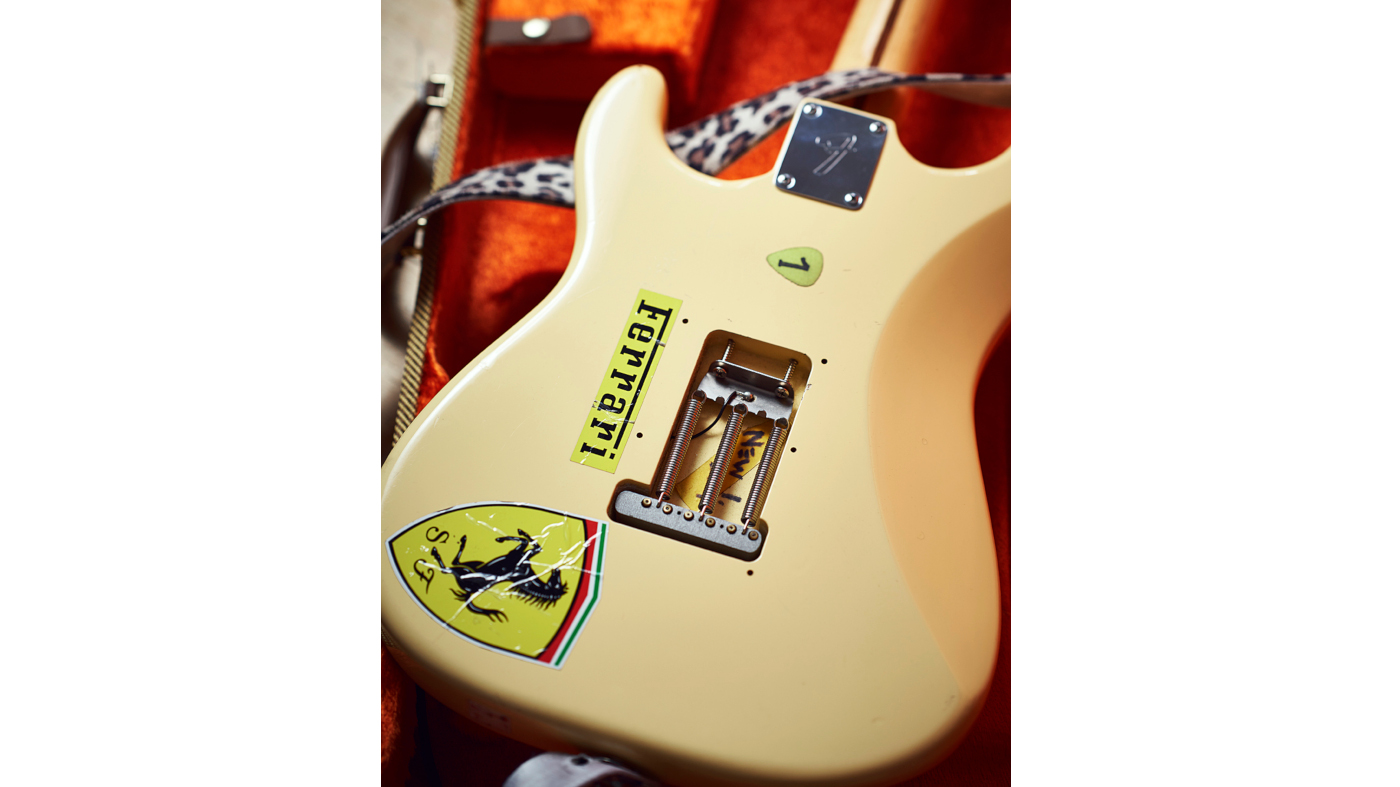
No Place Like Home
Time to put our other foot in it. We bring up the fact that the new album was cut in Malmsteen’s home studio. Big mistake.
“I’m kinda reluctant to call it a ‘home’ studio,” he replies miffed. “It’s a full- blown studio. In my house. It’s not like a fucking computer with a mouse! I’ve got huge consoles, tube gear... all of that. It’s proper. It’s in my house, but it’s not a home studio.”
“I’ve got something I call The Room Of Doom. It has 20 cabinets mic’d up for full stadium volume. My house is an old colonial mansion. I just gutted out the old servants quarters and made that The Room Of Doom. In the control room I have [not a typo - Ed] 58 Marshall amps.”
We certainly weren’t suggesting that Yngwie has a Portastudio and a couple of old hi-fi speakers tucked away in a back bedroom. But, luckily, he’s moved on from all that.
I’ve got something I call The Room Of Doom. It has 20 cabinets mic’d up for full stadium volume
“If I get an idea I can run upstairs and record it right away,” he says. “The beauty of it is, the stuff I record in that moment could be left on the record. In the past, if I came up with an idea, I’d have to put it on cassette then recreate it later. That’s never good. The original thing is always the best.”
When it comes to what gear was used to record Yngwie’s new album, you wouldn’t get great odds down at your local bookmaker...
“I’m using the Yngwie Malmsteen Signature Strat,” he says (to no great astonishment). “It’s based on a ’72 Strat that has a four-bolt, not a three-bolt, neck. It has a scalloped fingerboard and Seymour Duncan pickups - which I designed. Then I have the Yngwie Malmsteen Overdrive pedal by Fender that I designed, and my Marshall YJM100 amps that I designed. It’s all my gear basically.”
Yngwie and Eric Clapton were the first Fender signature model recipients, back in the late 80s. Even now, Malmsteen is blown away at having his name on a Strat.
“It’s fucking crazy! When I first came on the scene, I had every company in the world saying, ‘You want to make a guitar with us!’ Marshall and Fender weren’t really doing that with anybody. Fender never gave a guitar to anybody. Ever. They gave one to me and then they said they wanted to make one with my name on it.
"By the way, they came out with a 30th anniversary guitar, this year. It’s a special model. It has a ’68 neck on it. It’s got a maple neck, but it’s got a glued-on maple cap [fingerboard]. They only did that in ’68 and ’69. For a year and a half, they made those guitars.”
The Custom Shop 30th anniversary model is available in Olympic White, Burgundy Mist, Sonic Blue and Candy Apple Red. It has a scalloped ’board of course, and Malmsteen’s Seymour Duncan YJM Fury pickups, the upgrades from his previous DiMarzio units.
Let me tell you, if you play a Stratocaster and you put these pickups in there, you will die and go to fucking heaven
He explains: “When I first came to the States, I was approached by DiMarzio. Everyone had humbuckers back then. I said, [mimics stacking pickup bobbins] ‘Why don’t you take the coils and put them like this? You’ll get the same sound but no hum.’
“They did that and made a pickup called the HS-1, the ‘Humbucking Strat One’. I said, ‘I don’t like this one.’ They made another one, the HS-2. I said, ‘I don’t like this one.’ They made the HS-3. I didn’t like that one, either. They said, ‘Well, that’s the best we can do.’ I used the HS-3 for like 20 fucking years! I figured, ‘Well, there’s no noise, but then again, there was no tonality either.’ It was a very dead pickup, you know...
“Seymour Duncan came to me and said, ‘We know you use this HS-3 pickup... We promise we can make you a better one.’ They sent me a prototype. I didn’t like it. They asked what I didn’t like and we went back and forth for a year. They did 59 different renditions.
"The bridge, middle and neck pickups are three different pickups. Different magnets. Different wires. Seymour Duncan didn’t say it was the best they could do - they wouldn’t stop until I said I was happy. I was blown away by that. It’s a remarkable engineering feat.”
Yngwie is more than a bit pleased with his new pups. He says, grabbing our voice recorder and shouting into it: “Let me tell you, if you play a Stratocaster and you put these pickups in there, you will die and go to fucking heaven. That’s not bullshit. They have everything you could ever dream of. Tonality. Response. No noise. The bridge pickup doesn’t sound thin.”
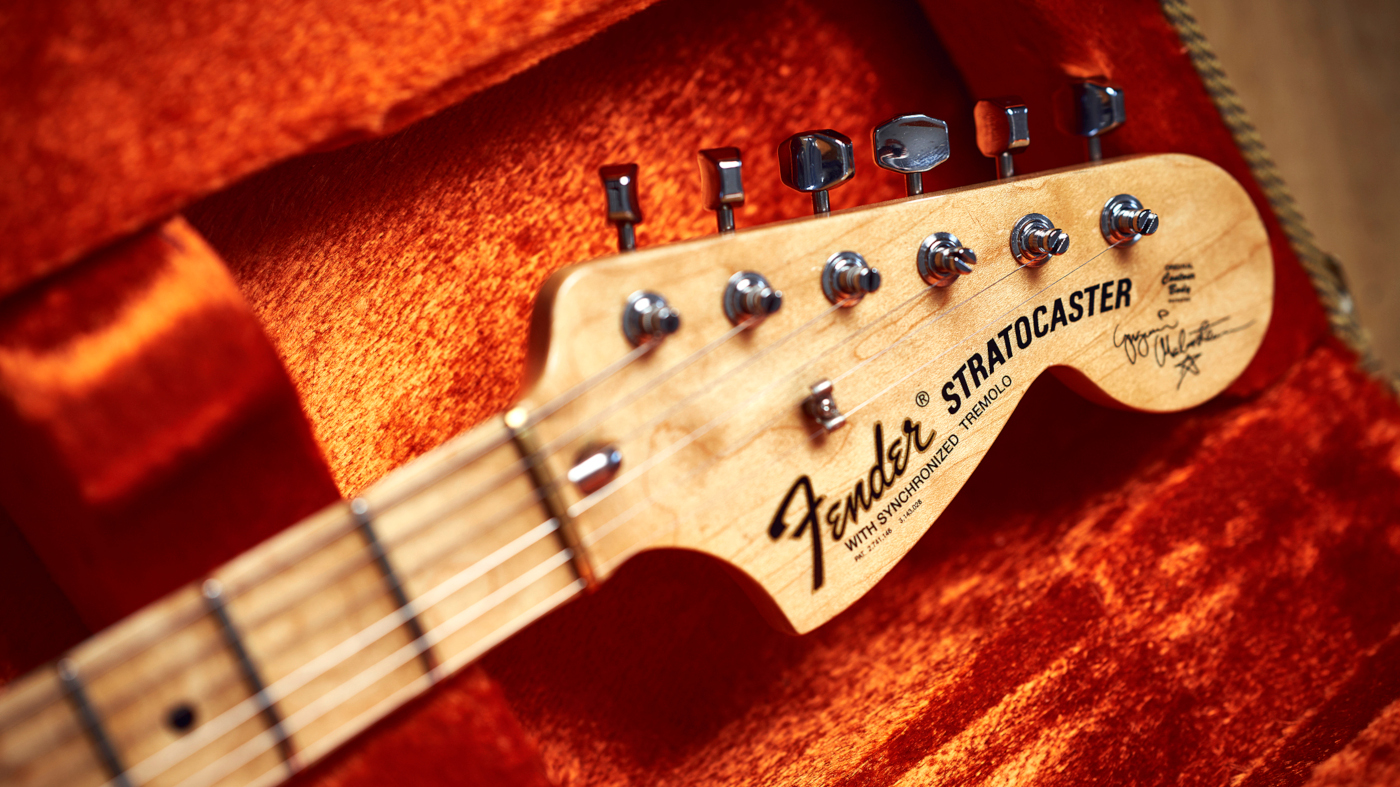
Against The Grain
One of the things that set Yngwie Malmsteen apart back in the 80s was his confident refusal to go along with the regulation shred kit of pointy headstocks, humbuckers and a locking Floyd Rose. We remind him as such.
“I wouldn’t use a Floyd,” he snorts. “They’re horrible. What they do is cut the neck off at the nut. All the harmonic response is in the headstock of an electric guitar. Anyway, I never understood why you would need one. My Strats don’t go out of tune.
These are my weapons of choice. When I go to war, this is what I use
“I don’t like humbuckers, either. I like the single coil but stacked. With a traditional humbucker, the definition of the note becomes more muddy. That’s because of its ‘magnetic window’. A single-coil pickup’s magnetic window picks up less of the string, so has more accuracy but it hums a lot. If you stack the coils you get no hum.
“Gibson-style pickups are often hotter, and what happens then is you muddy the original source of the sound. My pickups are not so hot that you have a distorted signal. It then goes to my Fender pedal that I designed. That boosts the signal up to my Marshall, that I designed, which is a regular 1959 Super Lead, really.”
His gear is, well, geared towards getting violin-like clarity. Few guitarists are so invested in the design of their gear, and so knowledgable on how it works. In case you missed the subtle hints, Malmsteen has been involved in the development of all his guitars and backline. As he puts it: “These are my weapons of choice. When I go to war, this is what I use.”
The interview is now naturally winding down. An encounter with Yngwie J Malmsteen is always great fun. Yes, it’s been tense at times, but the guitarist is way more charismatic and funny than you would expect. Even those who don’t always get his music can’t deny he’s a mind-blowing player.
We also can’t remember any other interview where an artist has whipped out their phone to show us photos of their house, studio and collection of Ferraris. That memory of harsh underachievement on our part will live with us forever.
If we’ve said it once, we’ll say it two times, his new album isn’t really blues - at least that’s our interpretation. This is Malmsteen doing what made him famous, bought him the big house, the cars, and put his name on a Fender Stratocaster and a Marshall head. Like he says, he follows his own way and fashions and trends be damned.
That said, we have to ask. Given his infamously large ego, does he make records like Blue Lightning for himself or does he try to give his fans what he thinks they want? “I have to make a record that I like,” he replies. “I mean, even if I tried, I couldn’t hope to please nine billion people...”
Yngwie Malmsteen’s new album, Blue Lightning, is out now on Mascot Records
“It is ingrained with my artwork, an art piece that I had done years ago called Sunburst”: Serj Tankian and the Gibson Custom Shop team up for limited edition signature Foundations Les Paul Modern
“The last thing Billy and I wanted to do was retread and say, ‘Hey, let’s do another Rebel Yell.’ We’ve already done that”: Guitar hero Steve Stevens lifts the lid on the new Billy Idol album
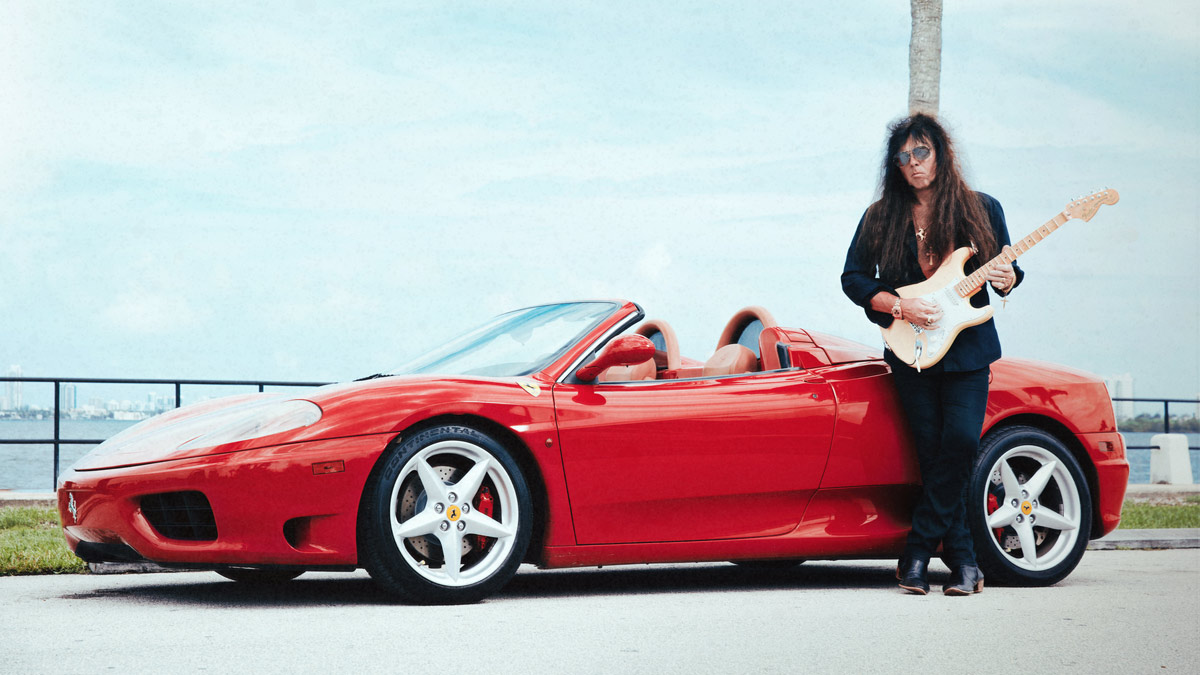


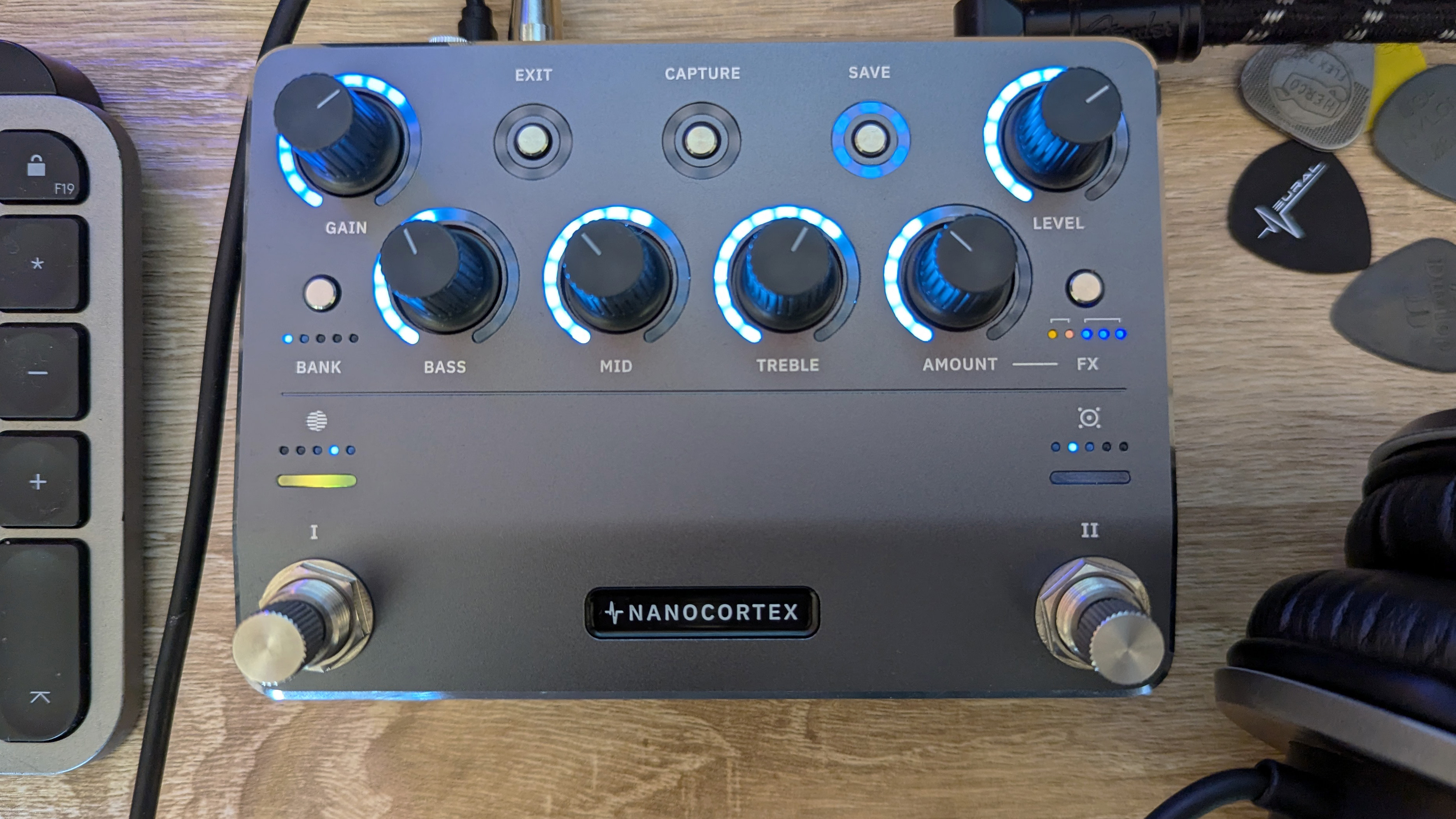
![Gretsch Limited Edition Paisley Penguin [left] and Honey Dipper Resonator: the Penguin dresses the famous singlecut in gold sparkle with a Paisley Pattern graphic, while the 99 per cent aluminium Honey Dipper makes a welcome return to the lineup.](https://cdn.mos.cms.futurecdn.net/BgZycMYFMAgTErT4DdsgbG.jpg)
